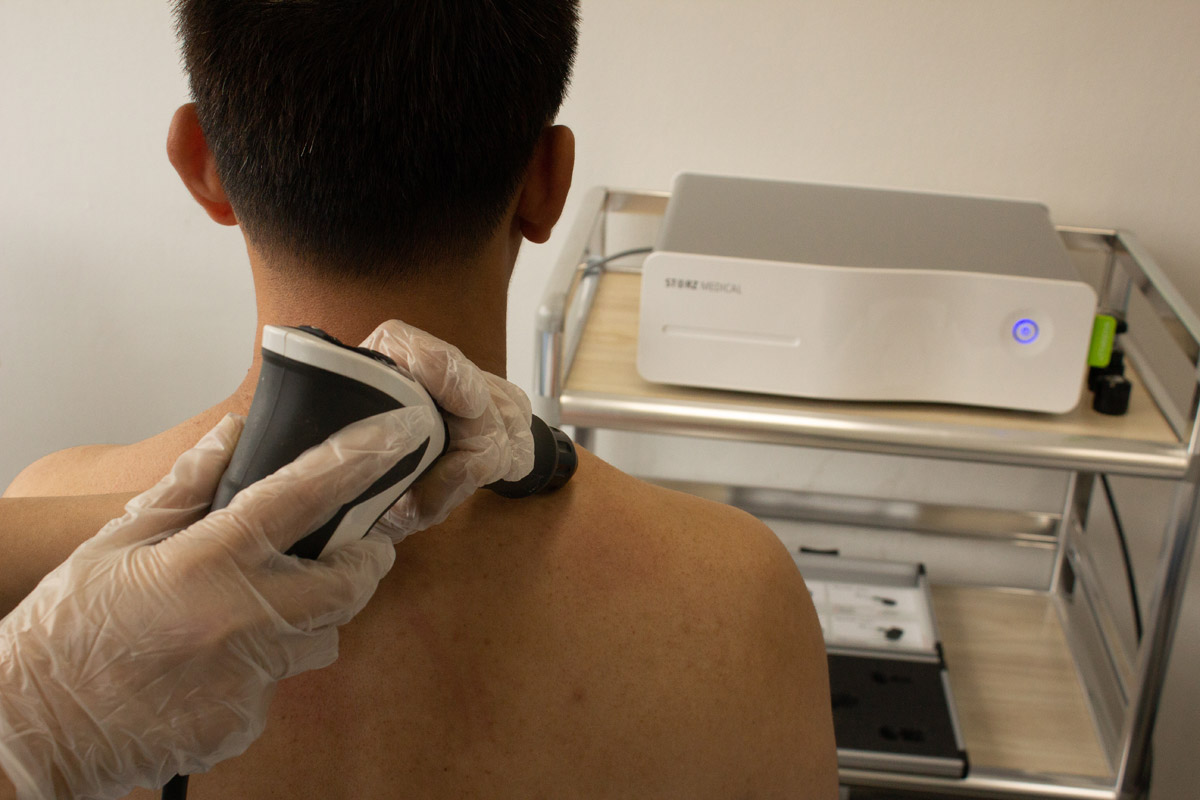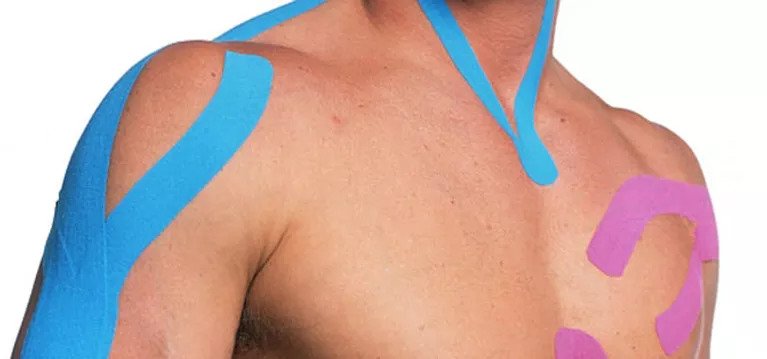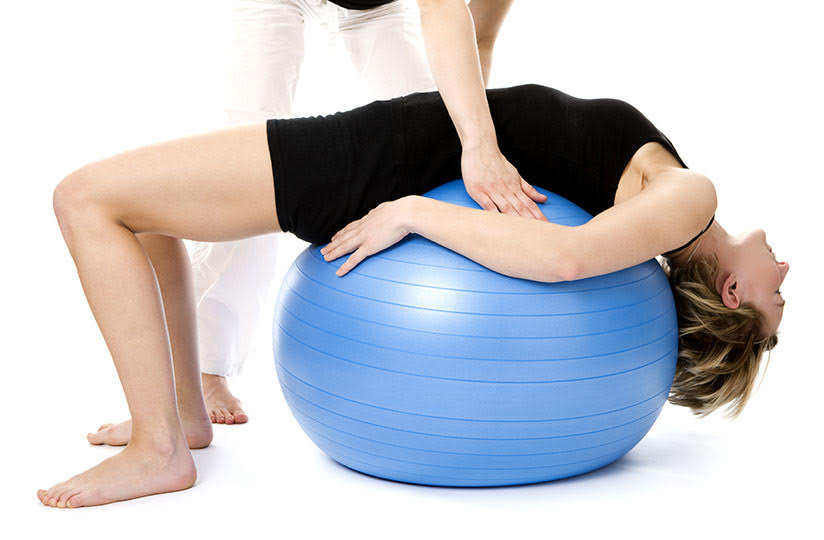AQUA-PHYSIO REHAB CENTER
AquaPhysio Rehab Center was the first private Physiotherapy Clinic in Singapore offering aquatic rehabilitation by trained Physiotherapists. Unlike other Physiotherapy Centers who offer aquatic physiotherapy in your own pool or a public pool, the Center has its own state of the art warm water 'AquaPhysio' Rehab Pool. Rehabilitation is provided by our Aqua-Physiotherapists indoors and in complete privacy in one to one sessions.

AQUA PHYSIO THERAPY ™
Water has unique properties that provides for safe and effective rehabilitation. These properties include:
Viscosity
• Allows for strength training
• Provides multidirectional resistance
• Aids healing and helps reduce atrophy (or wasting) of injured muscles
Hydrostatic Pressure
• Hydrostatic pressure exerted on the body when submerged reduces the tendency of blood to pool in the legs and feet and therefore helps reduce swelling.
Buoyancy
• Reduces the effects of gravity
• Enables partial weightbearing of bones/joints that would not tolerate full body weight e.g. Post fracture
• Provides support for the spine allowing for safer, earlier rehabilitation
• Allows for greater range of motion and flexibility
• Allows for safer challenges of balance/stability especially in patients with neurological conditions e.g. Stroke.
Rebuilding Muscle Memory
• The innate viscosity and resistance of water slows down movement and forces you to focus on the movement. This allows the brain to process signals from your muscles more thoroughly and helps in rebuilding muscle memory.
Warm Water
• helps in relaxing muscle tension and improving the circulation thereby relieving or reducing pain.
MEDICAL CONDITIONS THAT COULD BENEFIT FROM AQUA-PHYSIO REHAB THERAPY INCLUDE :
• Neck Pain including arm and shoulder pain
• Lower Back pain and Sciatica
• Sports Injury
• Joint Conditions including Post-Knee and Post-Shoulder surgery
• Fractures that Require Minimal Weight-Bearing
• Stroke , Balance and Incoordination Conditions
• Pregnancy Related Back Pain and Pelvic Pain
• Parkinsons Disease
• Rheumatoid, Osteoarthritis and Fibromyalgia
• Ankylosing Spondylitis
Aqua-Physio is Beneficial for Anyone Who Finds it Difficult and Painful to Exercise on Land
Please feel free to contact us if you wish to speak to our therapists regarding the above issues.Book an Appointment

Shockwave therapy
In a modern lifestyle, where most of our time is spent at a desk, whether for work or for study, posture and movement habits play a part in the development of pain. More often than not, a musculoskeletal issue can build up over time, until it becomes a chronic injury.
ESWT, or extracorporeal shockwave therapy, is one of the solutions that we use to treat and address such conditions. It is an effective, non-invasive and safe treatment. We use shockwave to treat problems like neck and back pain, which are some of the most common problems experienced by patients who come into our practice.
Shockwave therapy is also commonly used to treat other tendon and muscular issues like tennis elbow (epicondylitis), jumper’s knee (patellar tendinitis), shoulder pain, heel pain (plantar fasciitis), and numerous others.
Book an Appointment

ELECTROTHERAPY
A physiotherapist will utilize electrotherapeutic modalities for a number of reasons but they can be broadly separated in two:
1) Improve tissue healing
2) Pain management
Within our clinic we utilise the following modalities:
Tissue healing
The modalities below have a primary effect of reducing inflammation and improving tissue healing. The subsequent of this is likely to be a reduction in pain, but symptomatic relief alone is not the primary function of these machines.
Acute Pain Management
The sole purpose of TENS (Transcutaneous Electrical Nerve Stimulation) is to inhibit the transmission and processing of pain signals by our bodies central nervous system. By breaking the pain cycle we can begin the processing of desensitizing our body and reducing pain in the longer term. Temporary reductions in pain also allow for a more timely return to normal movement, promoting repair and healing and re-establishment of our bodies natural balanced state.
For more information on the above modalities please see our patient education area and click on "electrotherapy".
Book an Appointment

KINESIO TAPING
Kinesio Taping was developed by Dr Kenzo Kase 1979. It utilizes a type of elasticated tape for a variety of clinical benefits:
Muscular inhibition in cases of acute injury, muscle spasm and postural correction
Muscular activation in cases of postural education, chronic disuse, instability and and rehabilitation Acute Pain Management
Management of swelling: Taping guides swelling towards lymph nodes for drainage.
Proprioception: Taping provides the brain with an increased perception of the body's position in space add to joint stability and helping to prevent injury.
Book an Appointment

MANUAL THERAPY
Manual Therapy involves the use of hands on treatment by a qualified Physiotherapist to restore joint and soft tissue integrity. Your therapist may one or a combination of the following techniques to restore balance to the body
Joint Mobilisations/Manipulations
Varying graded pressures are applied to the joint in different directions to restore the natural glides of the joints. They are often applied when a joint is judged to be stiff or "hypomobile". Segments that are hypomobile can cause pain and hypermobility/instability at adjacent joints as the body seeks to compensate. This also leads to dysfunction and potential pain.
Soft Tissue Release
Due to trauma or repeated disuse/disuse soft tissues can change their properties. The myofascial system (muscle and connective tissue) becomes dehydrated, increasingly fibrotic, brittle and inelastic. These tissues demonstrate decreased blood supply and retention of metabolites (or waste products). These muscles and tissues will also have apparent length changes restricting movement and cause stresses on the joints that they attach to. Restoration of their length and properties can often be gained by hands on techniques; some very gentle and some more direct and temporarily painful to restore the tissues natural state. Therapists will vary techniques according to the tissue involved and that stage of healing that the tissue is in.
Myofascial Trigger Point Release
One way that muscles responded to trauma (acute or chronic) is by the formation of "Trigger Points". Trigger points are areas of hyper-irritable muscle that become bunched or "knotted". Symptoms include muscle tightness and radiating pain that can be reproduced by pressure over this "knotted" area. Therapists will accurately locate these areas and apply sustained pressures to resolve these areas. For more information please see the patient educations section on Trigger Points.
Book an Appointment
Dry Needling
Dry needling also known as Myofascial Trigger Point Dry Needling is used in our Center to reduce muscle pain. A short stainless steel filiform needle is inserted into the 'trigger points' or tight areas or 'knots' in the muscle. Dry needling of these myofascial trigger points via mechanical stimulation causes an analgesic type effect.
The needle creates a small focal lesion which sets off an inflammatory response which repair damaged muscle fibres.
At our Center we use disposable dry filiform needles.
Book an Appointment
Cupping
Dry cupping is a safe and beneficial technique and is available at our Cupping helpsCenter as one of the modalities used for reducing pain.Cupping is effective at stretching tight muscles. .Cupping increases the blood flow to sore areas in the muscles, providing important nutrients to the area that promote healing. It can also provide pain relief by exciting small nerves inside muscles so that they release anti-inflammatory chemicals.
Book an Appointment

CLINICAL PILATES
Our generation’s lifestyle predisposes us to certain aches and pains that may run from the top of the spine all the way down. People are always in search for remedies to such -- and Pilates has received much limelight over the past years. While it is true that Pilates strengthens the core muscles which support the spine, it is imperative to know the difference between Fitness and Clinical Pilates. Fitness Pilates may be safely done by people who are not experiencing any injury and are usually done in a mixed population group. Clinical Pilates, on the other hand, is geared more to the population experiencing certain musculoskeletal pathologies and is supervised one-on-one by a physiotherapist who is also trained in Pilates.
It is important to note we should always maintain a state of muscular and skeletal balance which protects the supporting structures of the body against injury or progressive deformity. Clinical Pilates aims to facilitate and challenge these muscles, the very same muscles that people are not aware that they should be activating. The same principles employed by Joseph Pilates are used and enforced – centering, concentration, precision, breathing and flow. However, variable resistances are used in potentially unstable positions that will activate the deep Transversus Abdominis and pelvic floor muscles. Clinical Pilates also focuses on improving range of motion and flexibility of spinal and extremity muscles, with movements specifically chosen by the therapist as deemed appropriate for the patient’s condition.
A proper assessment is done prior to starting the sessions with the following considerations in mind: the symptoms being felt; trunk muscle strength, or the lack of it; range of motion and flexibility. Ultimately, the aim of Clinical Pilates is to correct the faulty relationships of certain parts of the body which produces increased strain on the supporting structures. From here on, we create a balanced and pain-free body.
Book an Appointment

